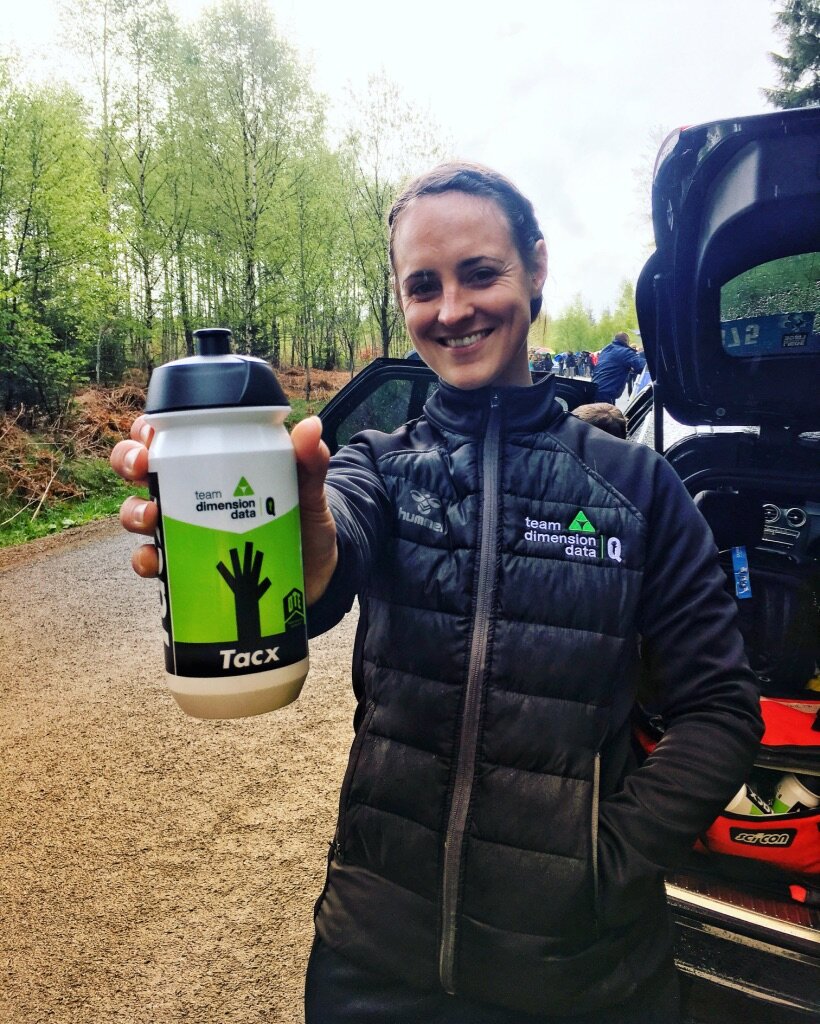What are free sugars?
International recommendations suggest that free sugar intake should account for no more than 5% of daily energy intake. But what are free sugars, just how much sugar is that, and what does it mean in day to day life?
What are free sugars?
A slightly misleading term (in my opinion), free sugars are not as you may be inclined to believe, sugars that can be freely consumed without any concern. In fact they are the opposite - ones you want to be limiting within your everyday diet.
The official definition of free sugars from SACN states that:
‘Free sugars’ comprises all monosaccharides* and disaccharides* added to foods by the manufacturer, cook or consumer, plus sugars naturally present in honey, syrups and unsweetened fruit juices.
Under this definition lactose (the sugar in milk) when naturally present in milk and milk products and the sugars contained within the cellular structure of foods (particularly fruits and vegetables) are excluded.
*Monosaccharides are single sugar units (glucose and fructose) and disaccharides are two single units joined together (sucrose).
Free sugars include:
Table sugar (sugar cane/ beet/other sources)
Golden Syrup
Molasses or Treacle
Agave syrup
Rice malt syrup
Coconut blossom syrup
Maple syrup
Coconut sugar
Honey
Unsweetened fruit juice
**Any other sort of syrup that I have failed to mention typically used as a sugar replacer that contains sugar in the food label!
What doesn't count as free sugars?
Lactose in milk and dairy products
Sugar naturally present in fruit, including dried, canned and stewed
Sugar naturally present in vegetables
Sugar naturally present in grains and cereals
A note about dried fruit, dates and sugar alternatives
It’s worth mentioning here, that dried fruit like dates are often used as a sugar alternative in recipes.
Every 100g of medjool dates (4 dates) contains 31g of carbohydrate, ALL which comes from sugar.
Every one date weighing around 25g provides 8g of sugar.
Technically, a food or recipe sweetened with dates could say that has no free or added sugars, while still being VERY high in sugar content.
In my experience with nutrition analysis, a number of ‘sugar free’ recipes using dates as sweeteners contain more sugar than the original recipes using normal sugar.
Something to think about!
What does 5% of free sugars mean?
So if we are aiming to keep our free sugar intake to less than 5% of our daily energy intake, what does that look like in practice?
Based on average diets at different ages, this equates to a daily free sugar intake of::
Children 4-6 years - 19g (5 sugar cubes)
Children 7-10 years - 24g (6 sugar cubes)
Children 11 years + and adults - 30g (7 sugar cubes)
To demonstrate what sugar looks like in food, you could compare medjool dates and a Snickers Bar.
Weight wise, two Medjool dates (50g) contains 16g of sugar and a 48g snickers bar has 22g sugar.
Little things quickly add up!
It's easy to see how eating small amounts of sugar rich foods can quickly meet or exceed these recommendations.
Food labelling of free sugars
At the moment food labels in the UK and EU only account for total sugar, not free sugars.
This can make it difficult to distinguish the difference between sugars naturally present in a food and those with sugar added as a separate ingredient.
You can look at the ingredients list to see whether there are sugars added to a particular food product. The higher up the list, the bigger the proportion as ingredients are listed in order of quantity.
Read this post for more guidance on reading food labels in Europe and the UK.
Gemma
Fuel your cycling with confidence
Learn how to fuel before, during and after cycling with the Cycling Nutrition Framework for optimal body weight, recovery and performance.



